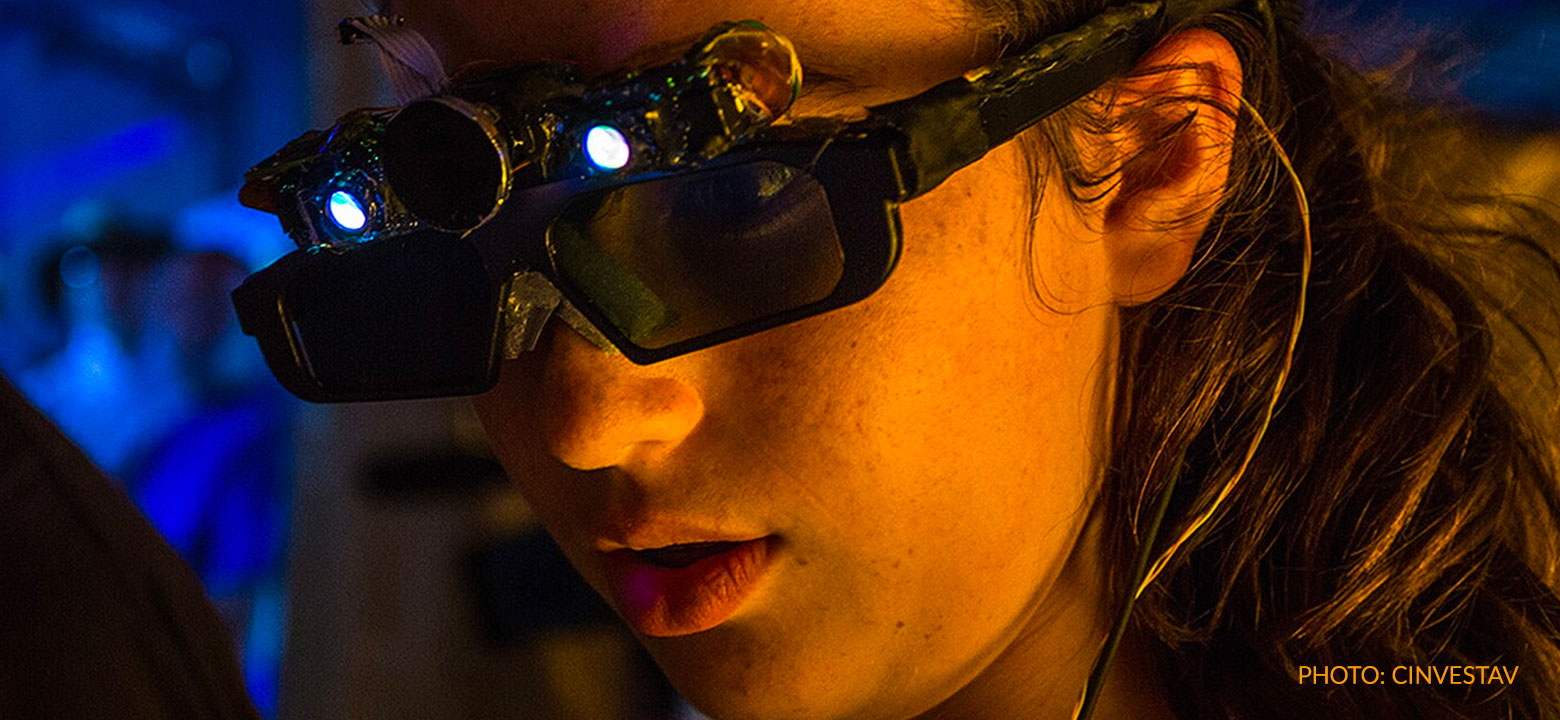
Visual impairments can have multiple causes, originating either in the visual cortex of the brain, the eye itself, or the connection in between. That's part of what makes restoring vision so challenging—the body's optical system is very complex, and there's a lot that can go wrong along the way. Sometimes, the visual pathways in the brain are completely intact, and the problem lies entirely within the eyes themselves. Recently, scientists have made an important discovery that may help restore the ability to see using ultrasound waves.
Retinal degeneration, in which the photoreceptor cells in the retina deteriorate, is just one cause of blindness. Nonetheless, it accounts for millions of cases around the world. Previously, there was no non-invasive, non-surgical method for restoring vision in people suffering from retinal degeneration. Researchers at the University of Southern California Viterbi School of Engineering's Department of Biomedical Engineering have discovered that ultrasound waves may hold the key. The discovery relies on one simple idea: While retinal degeneration keeps the retina from being able to transmit signals triggered by light, it can still respond to pressure.
Sound moves in waves. These waves also exert pressure, though we generally can't physically feel it. While the retina evolved to be stimulated by light, retinal degeneration means that that doesn't work as well as it should. Ultrasound can provide a way to trigger these cells to send signals to the brain using pressure instead.
To test this idea, researchers attached electrodes to the visual cortexes of rats with normal vision. They then used a 3.1 MHz ultrasound transducer with a focal depth of 10 mm on their retinas. They recorded brain signals when the rats' eyes were exposed to light and ultrasound, and made an important discovery: The brain activity was comparable for both.
They then progressed to testing this technology on rats with retinal degeneration. They found that, while light provoked no response, ultrasound did. Even though the rats' retinas were no longer sensitive to light, they could still be stimulated by pressure from the ultrasound device. The more intense the ultrasound, the greater the amplitude and duration of activity in the brain.
Being able to stimulate the visual cortex is fascinating, but what about real-world applications? In order to work, ultrasound has to be able to produce clear images of the world around the user. USC researchers found that the average spatial resolution of areas of the visual cortex that were activated by ultrasound was about 250 μm. This is equivalent to the first FDA-approved retinal prosthesis, which utilizes a retinal implant paired with a camera to produce images.
Ultrasound could also be used to generate recognizable patterns. As part of the study, the researchers developed a special transducer that transmitted ultrasound waves to the retina in the shape of the letter C. They then observed the same C-shaped pattern in the neuron activity of the visual cortex.
While ultrasound technology presents promising possibilities for vision restoration, there are several challenges and ethical considerations that warrant attention:
Safety and Long-Term Effects: The safety of prolonged exposure to ultrasound waves on retinal cells and the visual cortex remains a concern. Extensive research is required to ensure that repeated or prolonged use of ultrasound for vision restoration doesn't cause adverse effects or damage to sensitive ocular tissues or neural pathways.
Human Adaptation and Learning Curve: Transitioning from a sightless state to a partially restored vision using ultrasound might pose challenges in adaptation and comprehension. The brain's ability to interpret ultrasound-generated signals as visual information and the potential learning curve for individuals accustomed to blindness necessitate careful study.
Ethical Considerations: Introducing a novel vision-restoring technology raises ethical dilemmas. Discussions about accessibility, affordability, and equitable distribution of this technology must ensue to ensure that it reaches those most in need, regardless of socioeconomic status or geographical location.
Regulatory Approval and Standardization: Before widespread implementation, regulatory bodies must evaluate the efficacy, safety, and ethical implications of ultrasound-based vision restoration. Standardization of protocols and guidelines for its use in clinical settings is crucial to ensure ethical practices and patient safety.
Psychosocial Impact: The psychological and social implications of reintroducing vision through ultrasound waves need consideration. Individuals adapting to restored vision may undergo emotional and psychological adjustments, requiring support and guidance during this transitional phase.
Long-Term Viability: Assessing the long-term viability and sustainability of ultrasound-enabled vision restoration remains crucial. Factors such as device durability, maintenance, and the evolution of technology over time must be considered to ensure continued efficacy and accessibility.
Inclusivity and Accessibility: Ensuring equitable access to this technology for all individuals affected by retinal degeneration, including marginalized communities and underserved populations, is essential. Addressing affordability, distribution, and infrastructure disparities is paramount for its widespread adoption.
While these initial results are very promising, there's still a lot of research to be done. The next step is to replicate the experiment using different frequencies to modify the spatial resolution and reduce the stimulation threshold, and attempt to produce different and more complex stimulation patterns.
There's another important consideration, too: Scientists need to see how animals respond to the ultrasound when they're awake. Behavioral tests can show how this technology helps or disrupts the way the rats interact with the world, giving researchers insight into what kind of learning curve or behavioral modifications may be necessary for humans to benefit from it, and what adjustments must be made in order to make it as nondisruptive as possible.
Eight million people are impacted by blindness in America alone. Around the world, those numbers are much higher. Prosthetics and surgeries can help restore vision to some, but these are invasive and complicated. This breakthrough shows that, at least for some people, invasive vision restoration techniques may not be necessary. A device outfitted with a camera and an ultrasound array could potentially replicate the light signals picked up by a healthy retina, allowing people with retinal degeneration to see using sound.